The world of cryptocurrency has just crossed another historic milestone. In a move that has sent ripples across both traditional financial markets and the digital asset world, the U.S. Securities and Exchange Commission (SEC) officially approved several spot Ethereum Exchange-Traded Funds (ETFs) in May 2024. This landmark decision follows the earlier approval of Bitcoin spot ETFs and marks a new chapter in the legitimization and mainstreaming of digital assets.
But what does the approval of an Ethereum ETF actually mean? How will it change the investment landscape, influence Ethereum’s ecosystem, and affect crypto adoption globally? This post explores the implications of this breakthrough—and why it could be one of the most transformative events in Ethereum’s history.
What Is a Spot Ethereum ETF?
A spot ETF is a financial product that allows investors to gain exposure to an asset (in this case, Ethereum) without directly owning it. Unlike futures-based ETFs, which track contracts predicting future ETH prices, a spot Ethereum ETF holds actual ETH in custody. This enables investors to buy into Ethereum through regulated stock markets, just like buying shares of Apple or Tesla.
This approval now allows institutional and retail investors to invest in ETH through familiar brokerage accounts and retirement portfolios—without needing to create crypto wallets or deal with the complexities of digital custody.
Institutional Investment: A Tidal Wave Incoming
One of the most immediate impacts of the Ethereum ETF approval is the influx of institutional capital. Institutions such as hedge funds, asset managers, pension funds, and insurance companies—many of which were previously restricted from investing in unregulated crypto markets—can now legally and confidently allocate funds into Ethereum via a regulated vehicle.
Analysts at JPMorgan and Bloomberg Intelligence estimate that up to $15 billion could flow into Ethereum ETFs within the first 18 months. This influx will not only boost Ethereum’s market cap but also provide much-needed price stability as institutional investors are typically long-term holders.
Additionally, Ethereum’s ETF presence on major financial platforms improves its credibility as an investable asset, putting it in the same conversation as gold and blue-chip stocks.
Retail Accessibility & Mainstream Adoption
Beyond institutions, the ETF opens Ethereum to millions of retail investors who were previously sidelined due to technological or regulatory barriers. Not everyone is comfortable with buying ETH on a crypto exchange, setting up MetaMask, and managing private keys. ETFs solve that problem.
Investors can now simply log into their Charles Schwab, Fidelity, or Robinhood accounts and buy Ethereum-backed ETFs like any other stock. This democratizes access to Ethereum, enabling more diverse participation across socioeconomic groups.
Also, because ETFs can be included in IRAs, 401(k)s, and retirement funds, Ethereum is being positioned as a long-term investment vehicle—a sign of growing maturity in the crypto asset class.
The Staking Exclusion: A Key Limitation
Despite all the excitement, one important limitation remains: Ethereum staking is not included in the ETF structure. Ethereum uses a proof-of-stake (PoS) consensus model, meaning ETH holders can earn rewards by staking their tokens to support network operations.
However, the SEC currently prohibits ETF issuers from staking the ETH held in the ETF. This means ETF investors miss out on staking rewards—a crucial aspect of Ethereum’s value proposition. While this might change in the future, for now, it places ETF investors at a slight disadvantage compared to direct holders of ETH.
Ethereum’s Ecosystem Could Get a Major Boost
The Ethereum ETF’s approval is not just about price action—it has serious implications for Ethereum’s broader ecosystem:
Increased Demand
Fund managers will need to buy real ETH to back their ETFs, creating upward pressure on ETH’s price.
Development Incentives
Higher visibility and more capital might spur innovation within the Ethereum network, particularly in DeFi (decentralized finance), NFTs, and enterprise applications.
Decreased Volatility
The presence of ETFs can stabilize prices through regulated trading and reduce some of the extreme volatility caused by low liquidity and speculative retail behavior.
Regulatory Implications & The Road Ahead
The Ethereum ETF approval also marks a significant shift in regulatory posture. Just a year ago, the SEC was hesitant to even label Ethereum as a commodity. Now, with multiple ETFs approved, it’s clear that U.S. regulators are warming up to Ethereum—though still with caution.
This sets a precedent for:
Future approvals of ETFs for other altcoins like Solana or Cardano.
International ETF approvals in markets like Europe, Asia, and Latin America.
Policy development around staking, smart contracts, and DeFi integration.
Crypto regulation still has a long way to go, but Ethereum’s ETF is a powerful step toward bridging the gap between decentralized assets and traditional finance.
A New Era for Ethereum
The approval of a spot Ethereum ETF isn’t just another milestone—it’s a paradigm shift. It transforms Ethereum from a niche digital asset into a mainstream financial product, accessible to anyone with a brokerage account. It brings the crypto world closer to Wall Street, while opening up new doors for adoption, innovation, and legitimacy.











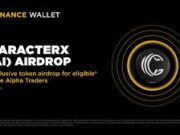

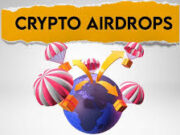

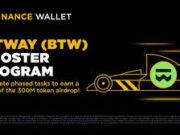


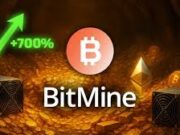


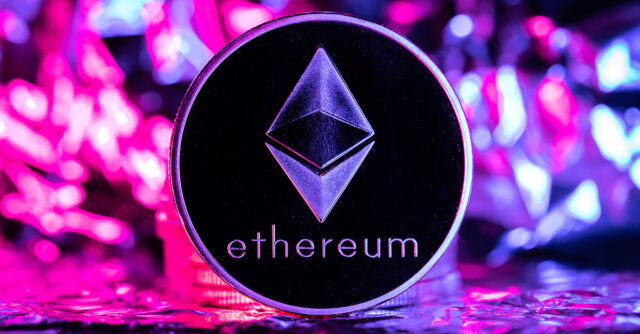






Okay, so ETH ETFs are live, but why’s the price not mooning harder?
I’m stoked to see ETH pushing toward $4k after this.
Solana or XRP ETFs is next